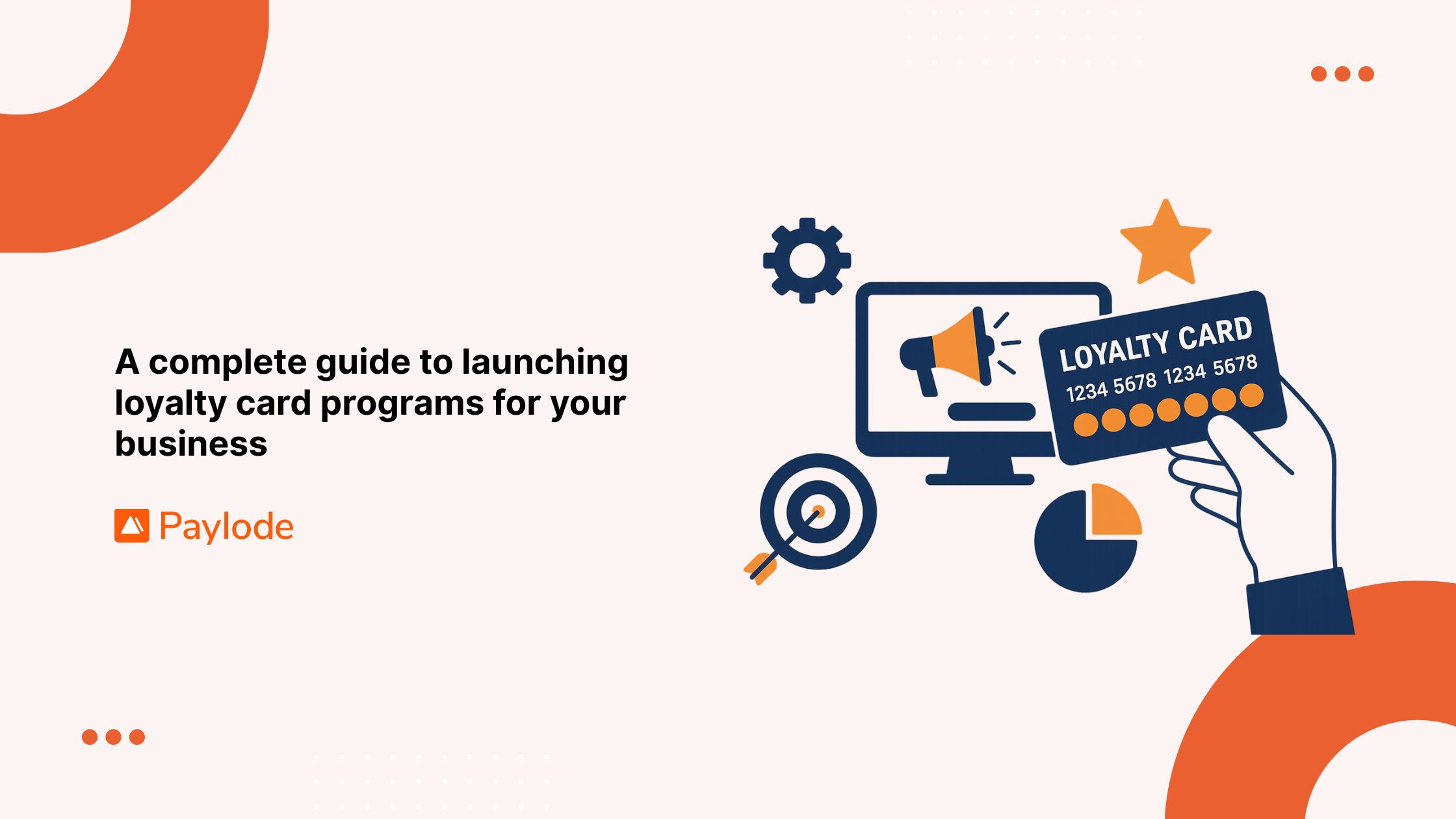Customer retention is a pivotal metric for businesses, indicating how well a company maintains its existing customer base over time. However, understanding the opposite of customer retention, known as customer attrition or churn rate, is equally important. This article delves into the concept of customer attrition, its causes, and strategies to mitigate it.
Key Takeaways
- Churn rate is the opposite of customer retention and measures the percentage of customers who stop doing business with a company over a specific period.
- A high churn rate can indicate underlying issues such as poor customer service or lack of engagement.
- Implementing strategies to enhance customer experience and engagement can significantly reduce churn rates.
In the competitive landscape of modern business, understanding both customer retention and its opposite, customer attrition, is crucial. Customer attrition, also known as churn rate, reflects the percentage of customers who cease their relationship with a company over a given period. Monitoring and managing churn rate is essential for maintaining a stable customer base and ensuring long-term business success.
What is Customer Attrition (Churn Rate)?
Customer attrition, or churn rate, is a metric that quantifies the percentage of customers who discontinue their relationship with a business during a specific timeframe. This metric is particularly significant for subscription-based businesses, as it directly impacts revenue and growth. A high churn rate indicates that a company is losing customers faster than it can acquire new ones, which can lead to financial instability.
Key Vocabulary
- Churn Rate: The percentage of customers who discontinue their relationship with a business over a given time frame.
- Retention Rate: The percentage of customers who continue to do business with a company over a specific period.
- Customer Acquisition: The process of gaining new customers.
- Customer Lifetime Value (CLV): The total revenue a business can expect from a single customer account throughout the business relationship.
The Relationship Between Churn Rate and Customer Retention
Churn rate and customer retention are two sides of the same coin. While churn rate focuses on the customers lost, retention rate emphasizes the customers retained. Understanding both metrics is essential for businesses to develop effective strategies for customer engagement and satisfaction.
Importance of Monitoring Churn Rate
- Cost Efficiency: High churn rates can lead to increased costs in acquiring new customers. Retaining existing customers is often more cost-effective than attracting new ones. For more insights, read about the cost of acquiring new customers vs. retaining existing ones.
- Customer Satisfaction: A low churn rate typically indicates that customers are satisfied with the product or service being offered.
- Revenue Predictability: High retention rates allow businesses to forecast future revenue more accurately, aiding in strategic planning and investment.
Core Topics and Insights
1. Churn Rate vs. Retention Rate
- Churn Rate: Calculated by dividing the number of customers lost during a specific period by the total number of customers at the beginning of that period.
- Retention Rate: Calculated by subtracting the churn rate from 100%. It reflects the percentage of customers who remain loyal to the brand. For a detailed calculation, check out Calculating Retention Rate Simplified (+ 5 ways to boost it).
2. Factors Contributing to Churn
Several factors can lead to increased churn rates, including:
- Poor Customer Experience: If customers feel neglected or unsatisfied with the service, they are more likely to leave.
- Lack of Engagement: Failing to maintain regular communication and engagement with customers can lead to disinterest.
- Competitive Offers: Customers may switch to competitors offering better deals or services.
3. Strategies to Reduce Churn
To combat high churn rates, businesses can implement various strategies:
- Enhancing Customer Experience: Providing exceptional service and support can significantly improve customer satisfaction.
- Regular Communication: Keeping in touch with customers through newsletters, updates, and personalized messages can foster loyalty. Learn more about tailoring experiences to individual customers using data-driven retention efforts.
- Feedback Mechanisms: Actively seeking customer feedback and making necessary adjustments can help address issues before they lead to churn.
FAQs about Customer Attrition
What is churn rate?
Churn rate measures the percentage of customers who stop doing business with a company over a specific period.
How is churn rate calculated?
Churn rate is calculated by dividing the number of customers lost during a specific period by the total number of customers at the beginning of that period.
What are the implications of a high churn rate?
A high churn rate can lead to increased customer acquisition costs, decreased revenue predictability, and potential financial instability.
What strategies can businesses use to reduce churn?
Businesses can enhance customer experience, maintain regular communication, and actively seek customer feedback to reduce churn.
Related Articles
- Why retaining customers is crucial: The cost of acquiring new customers vs. retaining existing ones
- What is customer retention and why is it worthwhile?
- Calculating Retention Rate Simplified (+ 5 ways to boost it)
- Customer Retention Cost: How to Find Yours (+12 Improvement Tips)
- Tailoring experiences to individual customers using data-driven retention efforts
Conclusion
Understanding churn rate is essential for any business aiming to maintain a healthy customer base and ensure long-term success. By monitoring this metric and implementing effective strategies to enhance customer satisfaction, companies can reduce churn and foster loyalty, ultimately leading to increased profitability and growth.



